Throughout human history, the concepts of encoding and decoding have been central to communication, technology, and security. The concept of encoding is the process of changing information from one form to another, itŌĆÖs used for transmission, transmission, facilitate storage, or interpretation in computer systems. Decoding is the opposite of encoding, it can convert the date back to its original form. Decoding is essential for processing, interpreting, or displaying data that has been encoded. These two special techniques are commonly used in modern society. Netflix is a prominent example of a company that heavily relies on encoding and decoding.
Netflix is a streaming entertainment company that provides access to a wide variety of movies, TV shows, and other kinds of entertaining videos. It relies heavily on encoding and decoding technologies to deliver a seamless streaming experience to millions of users worldwide.┬Ā
The most common technique of encoding that Netflix is broadly using is Adaptive Bitrate Streaming. IŌĆÖm sure that we are all familiar with the multiple versions of different quality levels of video that we can choose when watching movies (e.g., 240p, 480p, 1080p, 4K). This technique is due to the usage of encoding. While playing the video, the client device decodes the appropriate stream based on the userŌĆÖs internet speed and device capabilities, to ensure smooth streaming without buffering. Furthermore, Netflix encodes and stores video files in local servers near user locations, using their own technique called Open Connect CDN. This reduces latency, since the data being decoded by the userŌĆÖs device originates from nearby servers rather than a distant central server.
On the other hand, Netflix encodes subtitles and alternate audio tracks in standardized formats. These are decoded and synchronized with video playback on user devices. Which can make sure the video can play as the subtitle shows. Moreover, Netflix encodes metadata, such as genres, themes, cast, viewing history, and user preferences. This metadata is decoded and analyzed by machine learning algorithms to recommend content tailored to each userŌĆÖs interests. Consequently, by analyzing and providing movies that users may be interested in, Netflix can give users a better user experience.
Thirdly, Netflix can make sure all its recurses are highly protected by encrypting its content during transmission, to protect it from unauthorized access or piracy. Decoding of this encrypted content occurs only on devices with valid authorization tokens. This can satisfy the insecurity of their movie suppliers and their own movie makers, to make sure their resources are highly safe.
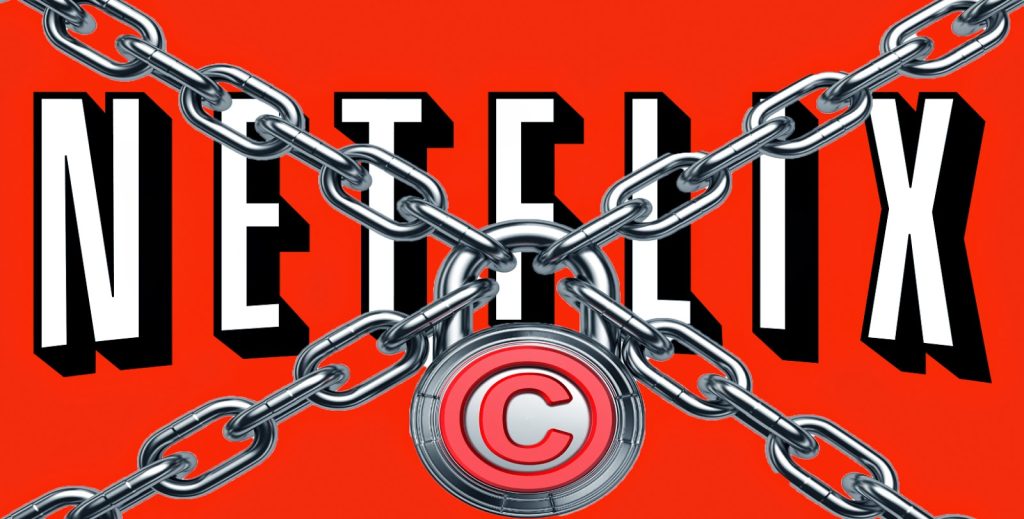
Last but not least, Netflix also provides information and data to society, helping humanity with technology innovation by collecting encoded data about user interactions and decoding it to feed machine-learning models. These models predict viewing trends, optimize streaming quality, and inform content acquisition strategies. Which greatly promotes the usage of AI data analysis.
In conclusion, encoding and decoding are vital processes that enable efficient communication, storage, and security in modern technology. Netflix exemplifies its practical application, using these techniques to ensure seamless streaming, personalized user experiences, content security, and innovation in data-driven technologies.


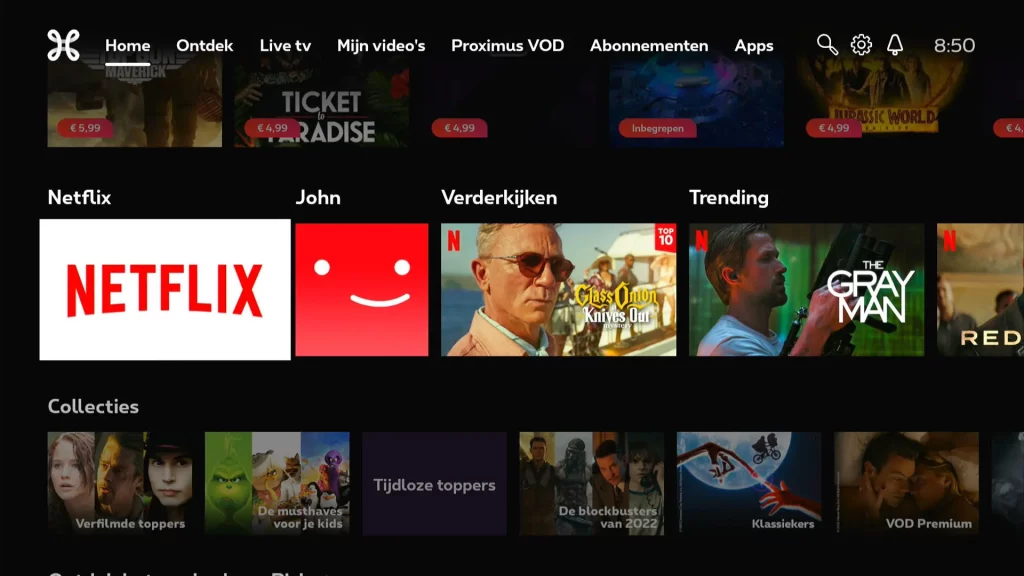
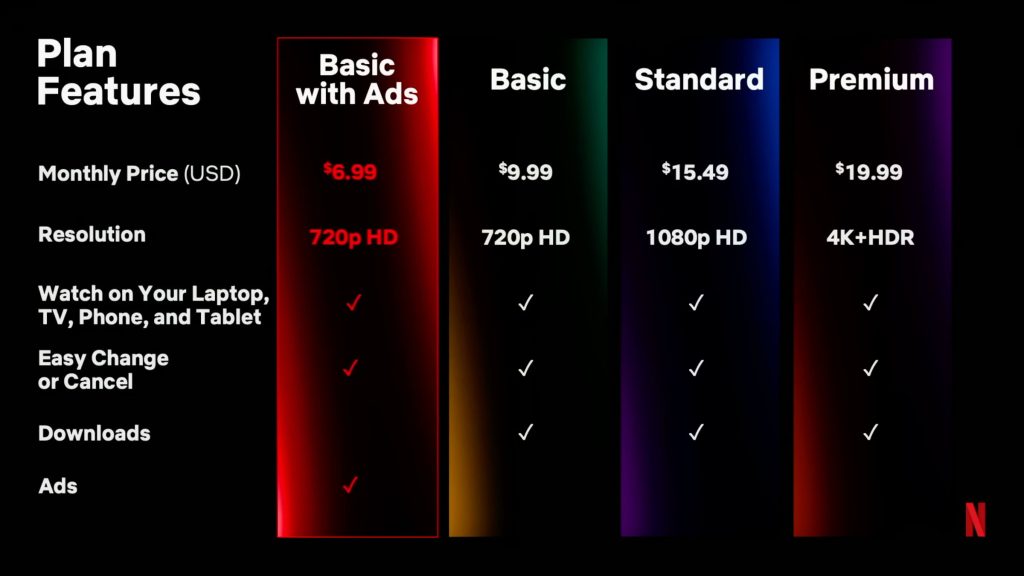
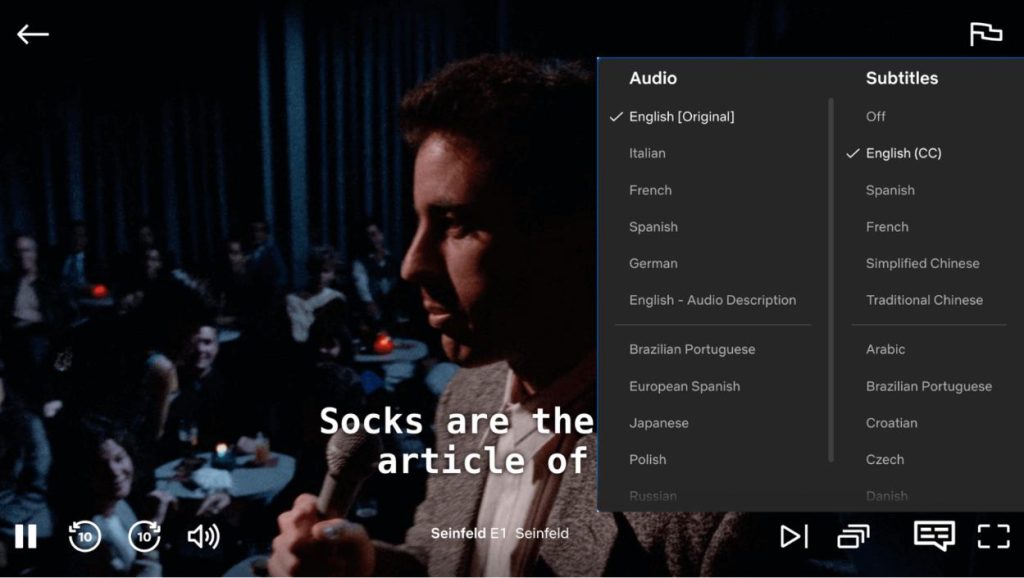
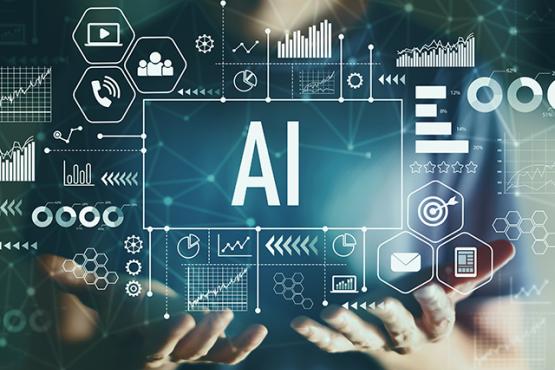
Hi! Zilin!
I think you have explained the application of coding and decoding in Netflix very well, and clearly demonstrated its importance in combination with practical examples. However, I think you can further analyse the technologies such as Adaptive Bitrate Streaming, Open Connect CDN and metadata analysis mentioned in the article, which are all representative. The article will be more convincing if more technical details can be added, such as the specific working mechanism of Adaptive Bitrate Streaming, or how Open Connect CDN solves network differences between different regions when deployed globally. This is just a small suggestion. I still think you did a great job!
Hi! I really like your blog. Netflix’s recommendation system relies on user data. Sometime after I watch a TV series, the homepage will recommend TV shows with the similar themes. It would be great to write more specific in the part about user preference analysis. However, it is very professional and comprehensively describes Netflix’s technical strength in the field of streaming media, covering multiple technical application scenarios like the Adaptive Bitrate Streaming.
Hey, you clearly explained the importance of encoding and decoding technologies in modern society in this blog, and provided a thorough analysis with strong logical reasoning, using the example of Netflix. Especially the descriptions of adaptive bitrate streaming and encryption technology, which show how Netflix optimizes user experience and content security through these technologies, are impressive. At the same time, I think the challenges in implementing these technologies are worth exploring, such as potential bottlenecks that may arise when facing complex network environments or cross-regional user needs, as well as potential future improvements in AI or edge computing. Overall, I really appreciate this analysis perspective and thank you for your sharing!